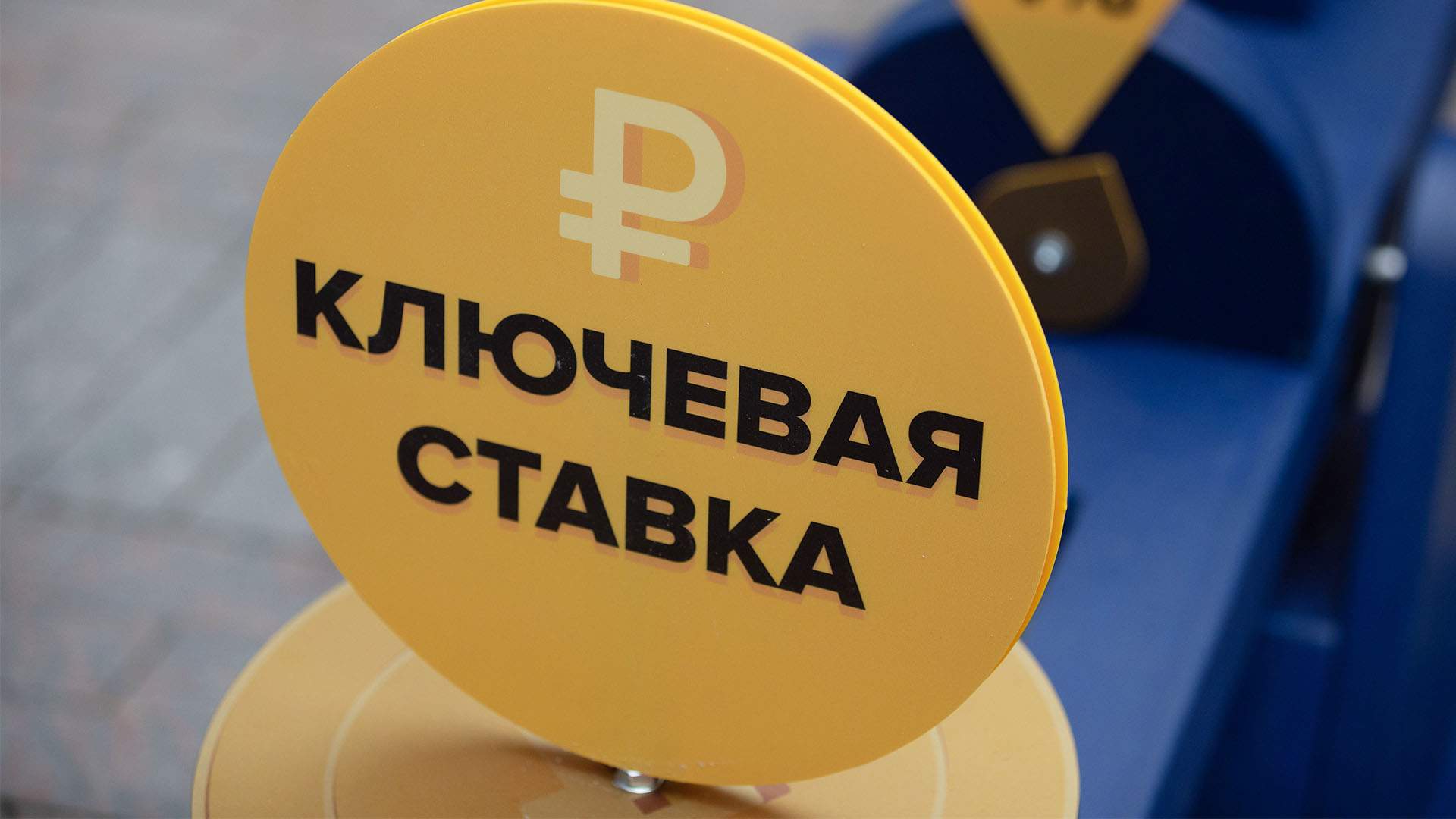Raising the key rate: why it is necessary and what it affects

Since July 2023, the Bank of Russia has started a cycle of key rate increases. At the last meeting, the regulator raised it by two percentage points to 21%. Experts warn that the tightening of monetary policy will not end there. It is expected that at the upcoming meeting on December 20, the Central Bank will raise the key rate to 23-25%. What it will affect - in the material "Izvestia".
What is the key rate
The stability of financial markets in Russia directly depends on the monetary policy pursued by the Bank of Russia. MP determines the stability and protection of the ruble, which is especially relevant in light of the recent increase in the dollar exchange rate. The value of the U.S. currency currently stands at 109.57 rubles. The dollar exchange rate rose above the psychological mark of 100 rubles on November 14 and continues to grow steadily.
One of the instruments of monetary policy, allowing to control the value of the ruble, available to the Central Bank, is the key rate. In simple words, it is the minimum interest rate at which the regulator issues commercial loans to banks and accepts money from them for deposits. Credit organizations, in turn, set rates for the population, focusing on the key rate. As a rule, they slightly exceed this minimum mark. In addition, the interest on bonds and deposits changes in accordance with the key rate.
However, the rates in banks are not the only thing affected by the key rate. Its size is also taken into account when calculating taxes, some fines and penalties for overdue tax payments. The rate is also used to calculate tax on interest income on deposits.
In essence, with the help of the key rate, the Central Bank economically influences the volume of lending, attractiveness of ruble deposits and inflation.
Key rate in Russia: dynamics
A few years ago, the key rate was at a historic low of 4.25% and remained at this level until the spring of 2021. On March 17, 2021, a cycle of rate increases began. At the same time, the Central Bank moved to a sharp tightening of monetary policy on February 28, 2022, raising the rate to a record 20%. It remained at this level for more than a month.
However, in April of the same year, the Bank of Russia lowered the rate, by September 2022 it fell to 7.5% and remained at this level for the next six consecutive meetings.
In July 2023, the regulator began a new cycle of increases, which continues to this day. For almost a year and a half, the key rate has increased from 8.5% to 21%. The last decision to raise the rate was made on October 25, 2024 at the regular meeting of the Central Bank's Board of Directors. The key rate as of today remains at this level.
The next meeting of the Central Bank is due on December 20. And, to all appearances, the cycle of monetary policy tightening will continue according to its results.
Why the Central Bank raises the key rate
The primary task, which the tightening of the monetary policy is designed to solve, is to reduce inflation.
Inflation is a steady increase in the general level of prices for goods and services. The term also refers to the process of depreciation of money, a fall in its purchasing power and a reduction in the commodity supply.
In Russia, inflation continues to grow at the moment. In October this year, the Central Bank's inflation forecast for 2024 was raised to 7.7%. In 2025, the growth rate is expected to be 5.3%. The regulator's target, meanwhile, traditionally remains at 4%. The Central Bank believes that it will be possible to return to it in 2026.
Tight monetary policy affects the inflation rate directly. With a high key rate, deposits become more profitable, while loans, on the contrary, become less attractive for the population. As a result, consumer demand for goods and services falls, which cools the market and slows down inflation.
How the key rate affects the ruble
The key rate also plays its role on the currency market. Low interest rates make the ruble cheaper as it becomes more affordable. As a result, investors start to buy foreign currency more actively, trying to get rid of cheap money. This leads to an even greater depreciation of the ruble.
The rate increase, in turn, works to attract investors willing to invest in the strengthened national currency.
However, this tactic has not been very effective lately. This is largely due to a decrease in the number of foreign investors in the market. Russian players are more interested in yuan.
Tightening of MP: forecast
At the next meeting the Bank of Russia may raise the key rate to 23-25%, predicts Nikolay Pereslavsky, Head of Economic Research Department of CM Service. According to him, the main trigger is the inflation rate. In annual terms, it reached 8.78% as of November 25.
- Thus, in November, inflation exceeded the upper limit of the range of 8.5%, which was forecasted by the Bank of Russia. Today, price growth corresponds to the average level of 10-15%," the expert notes.
Another trigger, according to Pereslavsky, is the cheapening ruble. Yesterday, the decline in the national currency rate amounted to more than 6%.
- Today, the rate of the U.S. currency, set by the Bank of Russia, is 109.58 rubles per $1. Setting a higher key rate will strengthen the national currency and support the ruble," emphasizes the Izvestia interlocutor.
According to his forecast, in the future the Russian economy will face an unambiguous tightening of the monetary policy.
- The transition to rate reduction should be expected in 2025 as inflation slows down and provided there are no new external shocks. The rate reduction will start around the middle of next year," summarizes Pereslavsky.
Переведено сервисом «Яндекс Переводчик»





